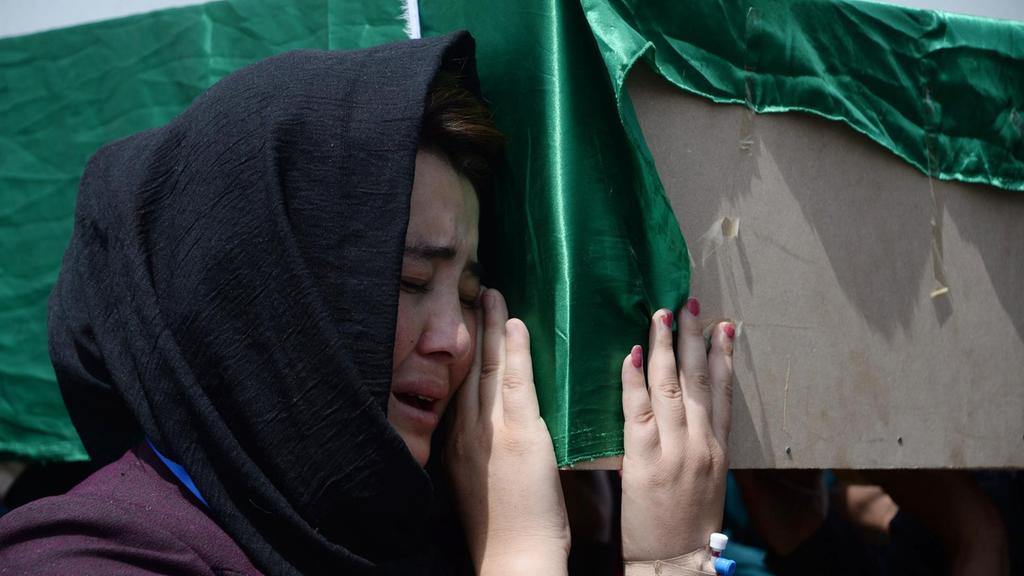Three days of bloodshed – spurred by several deadly attacks and an ongoing militant offensive – have shaken the internationally-backed government in Kabul just weeks after an Eid ceasefire offered a glimmer of hope for a resolution to the country’s 17-year conflict.
After battles across the country, Thursday’s assault on an intelligence agency training centre in Kabul was just one more attack in a flurry that has drawn Ashraf Ghani’s Western-backed government into a battle to not only defend the Afghan people, but the very population centres under its control.
Taliban militants struck at will across the country, storming parts of a key city and overrunning two military bases elsewhere. The violence appears to represent a willingness from the group to push the United States to the table in an effort for long-wanted negotiations.
The death toll is thought to run to hundreds of troops, police and civilians, while 37 were also killed in the ISIS suicide bombing of a class for Shia students studying for college entrance exams.
In the largest Taliban attack, hundreds of fighters stormed parts of Ghazni, barely 80 miles south of Kabul, and spent five days in the city before they were forced out.
Taliban fighters stormed army bases in Faryab and Baghlan and dozens of soldiers were killed in each attack.
Dr Ghani’s government has appeared complacent and unable to cope, apparently failing to heed warnings of impending attacks and leaving isolated units to their doom.
Read full story on The National UAE
